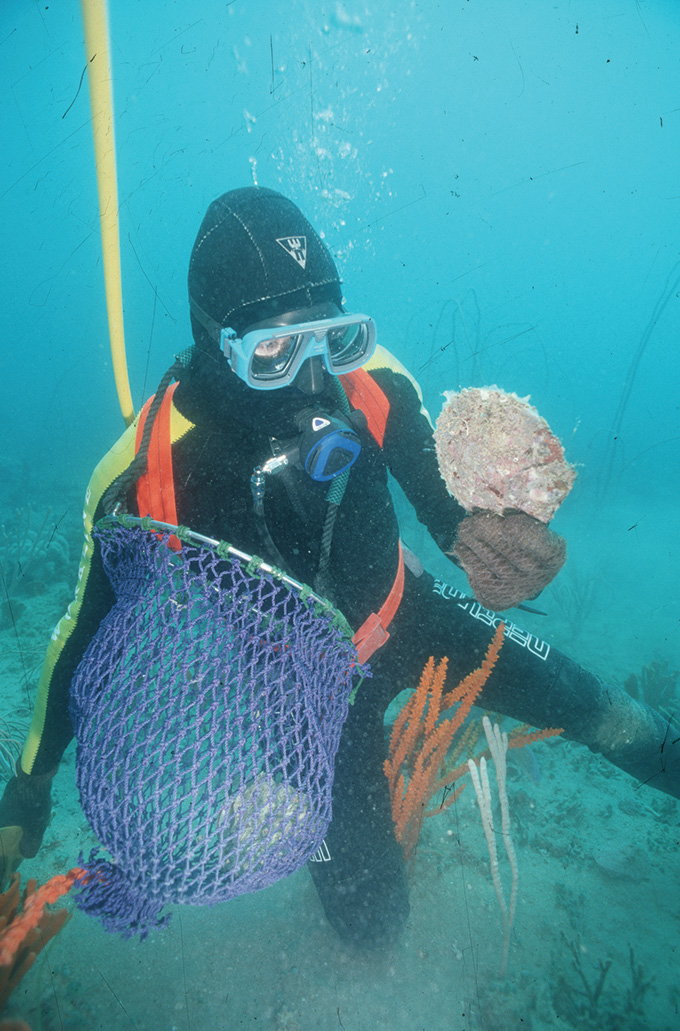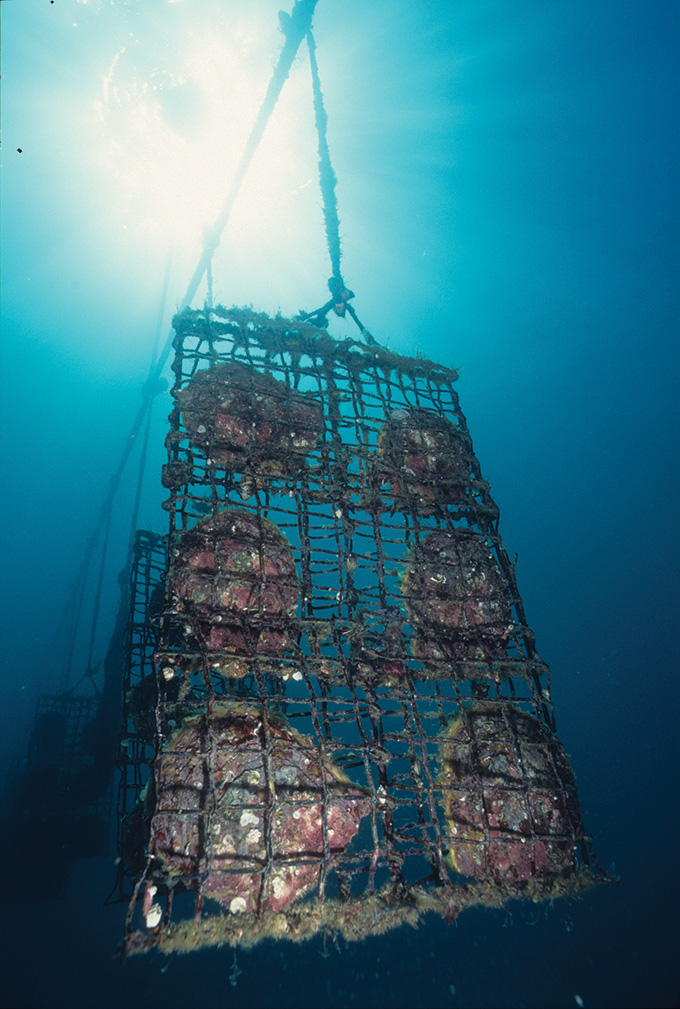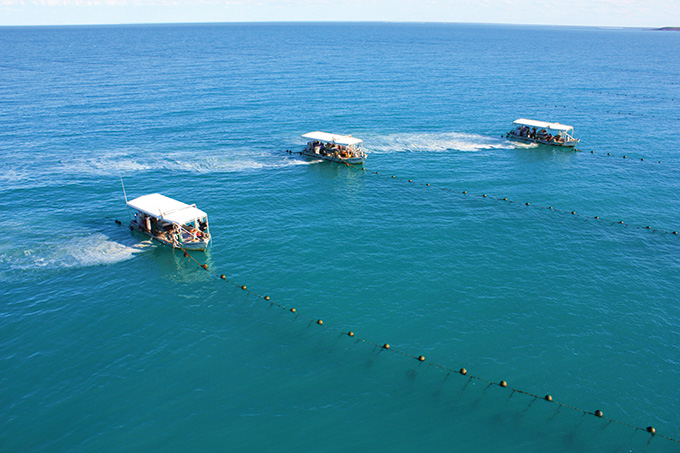The Gemological Institute of America (GIA) and The Nature Conservancy (TNC) teamed up to examine the social and environmental impact of pearling and to add pertinent sustainability data to pearl-origin tracking.
This article first appeared in the Pearl Report 2023-2024.
Molluscs are indicator species. As such, pearls, whether saltwater or freshwater, reflect the journey of the oysters and mussels from which they are harvested.
Temperature, salinity, acidity and nutrient flow influence the formation of nacre – the canvas on which pearl shape, size, colour, lustre and surface are valued. Nacre forms naturally or through human intervention, in which case, pearl farmers’ skills and, oftentimes, inspiration can also affect pearl quality. Growth and survival of molluscs, meanwhile, rely on the health of waterways and, generally, on the continued protection of marine and land resources.
Several industry initiatives are underway to better understand sustainability in the pearl trade. The Pearl Commission of CIBJO, the World Jewellery Confederation, aims to provide a sensible definition of sustainability when applied to pearls. Kenneth Scarratt, president of CIBJO Pearl Commission, explained, “CIBJO felt the need to provide an inclusive document to help the industry understand the social, environmental and economic impact of natural and cultured pearls as an introduction to our pearl guide.”
The document, scheduled for review and approval at CIBJO Congress in Jaipur, India in October 2023, offers an overview of how pearls impact communities, climate, biodiversity and pollution; and the critical role of pearlers engaged in fishing, breeding and/or farming activities.
ESG tool for farmers
The Nature Conservancy (TNC) has been promoting the principles of restorative aquaculture – think regenerative agriculture – while running collaborative projects with industry players using an in-house Environmental, Social and Corporate Governance or ESG assessment tool.
TNC collaborated with the Gemological Institute of America (GIA), which agreed to fund the creation of Pearlpoints, the first-ever open-source self-assessment online tool for pearls. Its initial version was shared with selected pearl farmers for feedback in June 2023 after about six months of development. The project was completed in August 2023. While it does not replace an actual Life Cycle Analysis (LCA) or ESG assessment, the tool, specifically designed for pearl farmers, provides detailed information about emissions, nitrogen capture, restorative aquaculture and indications on data readiness.
The first version of Pearlpoints, which can be accessed through pearlpoints.io, focuses on saltwater pearls, but the same approach can be applied to freshwater and natural pearls. A summary of the outcome of the pilot LCA and ESG is available on Pearlpoints and indicates a competitive level of emissions per pearl (CO2 Eq) as well as the potential for responsible pearl operations to drive ecosystem restoration.
The assessment consists of a series of 30 questions on pearl farming operations, specifically energy consumption, water origin and other operational elements. There is also a section on management and compliance systems. Assessment results provide key metric estimates and access to relevant resources to provide guidance on responsible practices.
Heidi Alleway of TNC explained that pearling was a great opportunity to test
TNC’s framework on a global industry facing diverse challenges. The initiative also complements GIA’s education and pearl services and will help project these into the future, shared GIA Executive Vice President and Chief Laboratory and Research Officer Tom Moses.
Leanne Kemp of Everledger, which also played a key role in developing Pearlpoints, said the main goal is to empower farmers by providing them with necessary frameworks and digitised systems to fully manage their sustainability efforts. James Brown, managing director of Pearls of Australia whose pearling operations and LCA and ESG assessments provided the foundations for Pearlpoints, stated that provenance and sustainability credentials foster a deeper connection with customers.












